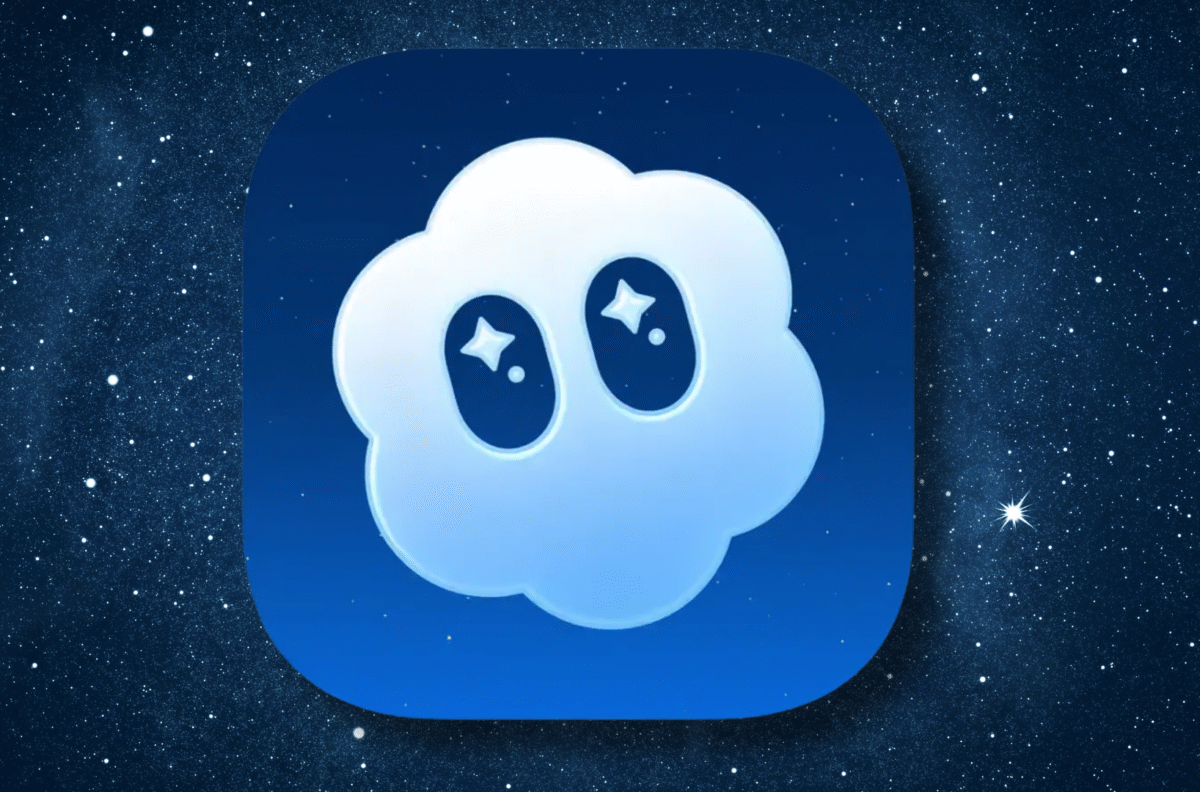What is Sora 2? OpenAI’s Next-Gen AI Video Tool

Sora 2 AI video model from OpenAI
OpenAI has unveiled Sora 2, the company’s new text-to-video model and companion app, designed to let users generate short AI videos that feature people’s likenesses. Unlike its predecessor, Sora 2 embeds audio, identity controls, and tighter safeguards for user consent. The app aims to blend social media ease with generative video capabilities.
How Does Sora 2 Work, and What Can You Make?
Sora 2 enables users to create 10-second AI videos using textual prompts. It supports a “Cameo” feature: verified users can allow others to include their likeness in generated clips. Even if a video stays unpublished, users receive notifications when their likeness is used.
While the first Sora model could generate silent video, Sora 2 adds synchronized audio, expanding its realism and expressive capability.
Sora 2 also incorporates identity verification, permissions, and control systems that allow users to opt in or revoke usage of their likeness.
From Sora to Sora 2: What’s New?
The original Sora, released in December 2024, allowed users (via ChatGPT) to generate short video clips from text prompts with some limitations in realism and motion continuity.
Key advances in Sora 2 include:
- Better physical realism: improved handling of motion, physics, and temporal consistency.
- Audio integration: it now generates matching sound to accompany video content.
- Cameo & likeness controls: users can control whether others can generate videos of them.
- App architecture: formatted as a vertical-scroll social feed (like TikTok), with “For You” recommendations and remix/share features.
Where Can You Use Sora 2?
As of now, the Sora app is invite-only and available to users in the United States and Canada on iOS.
OpenAI is reportedly working on a developer API to allow third-party tools to integrate Sora 2’s video generation capabilities.
The model is intended to scale into more professional usage, possibly through ChatGPT Pro tiers or future integrations.
READ ALSO
Nvidia $100 Billion bet on OpenAI: Will this redefine the future of AI?
GPT‑5 is here: Everything to know about OpenAI’s latest model
Competing With AI Video Rivals
Sora 2 enters a competitive space. Meta launched Vibes for AI-video creation; Google is integrating Veo 3 into YouTube.
The app mimics social media design, but with all content AI-generated, rather than user-uploaded media.
Concerns about copyright and impersonation are already prominent. It includes filters that refuse generation in sensitive contexts (e.g. public figures without consent).
Challenges, Risks & Legal Safeguards
Copyright & Training Data
As with many generative AI tools, questions around how it was trained, particularly with copyrighted media, are being challenged in court. OpenAI continues to face litigation over its training data.
Deepfake and Likeness Misuse
Though it restricts generating public figures without approved “cameo” input, misuse remains a major concern. OpenAI attempts to enforce controls, but enforcement is complex.
Safety & Community Controls
OpenAI is introducing parental controls, age-screening, and moderation tools to reduce harmful or explicit content.
Technical Imperfections
Even Sora 2 is not flawless. It may still struggle with realism in closeup faces, complex physics, or sustaining coherence across frames. Early testers note artifacts and inconsistencies.
What Does Sora 2 Mean for the Future of Video?
It could shift how we consume, create, and share video content, moving from recorded media to on-demand generative video. If tools like this mature, the line between reality and AI will blur further.
Creators, media platforms, regulators, and users alike will have to grapple with questions of authenticity, ownership, and control in an era of synthetic content.
FAQ: What People Are Searching About Sora 2
Q: What is Sora 2?
A: Sora 2 is OpenAI’s next-generation video AI model and standalone app that lets users create 10-second AI-generated videos, including their own likeness, under consent controls.
Q: How is Sora 2 different from the original Sora?
A: Sora 2 adds audio, improved realism, motion consistency, cameo/identity permissions, and a social video feed interface.
Q: Can anyone use Sora 2 now?
A: No. Sora 2 is currently invite-only, available in the U.S. and Canada on iOS.
Q: What is the “cameo” feature?
A: It allows users to upload their likeness for others to use in videos, with notifications, consent, and revocation rights.
Q: Does Sora 2 generate video and audio simultaneously?
A: Yes. One of its major upgrades is synchronized audio with generated visuals.
Q: Are there legal or safety concerns?
A: Yes. Key issues include copyright training data, deepfake risk, impersonation, and content moderation. Sora 2 includes guardrails to mitigate these risks.
Q: How long can Sora 2 videos be?
A: Currently, Sora 2 allows up to 10-second video generation.
Q: Will It expand globally or to Android?
A: That is expected, but currently it’s limited to iOS in North America, with planned expansion.
Q: Does It use prompts like ChatGPT?
A: Yes. Users create video via textual prompts or cameo inputs, not by uploading existing video or images.
Q: What rivals does Sora 2 face?
A: Competition includes Meta’s Vibes, Google’s Veo 3, Runway’s video tools, and others pushing generative video.

